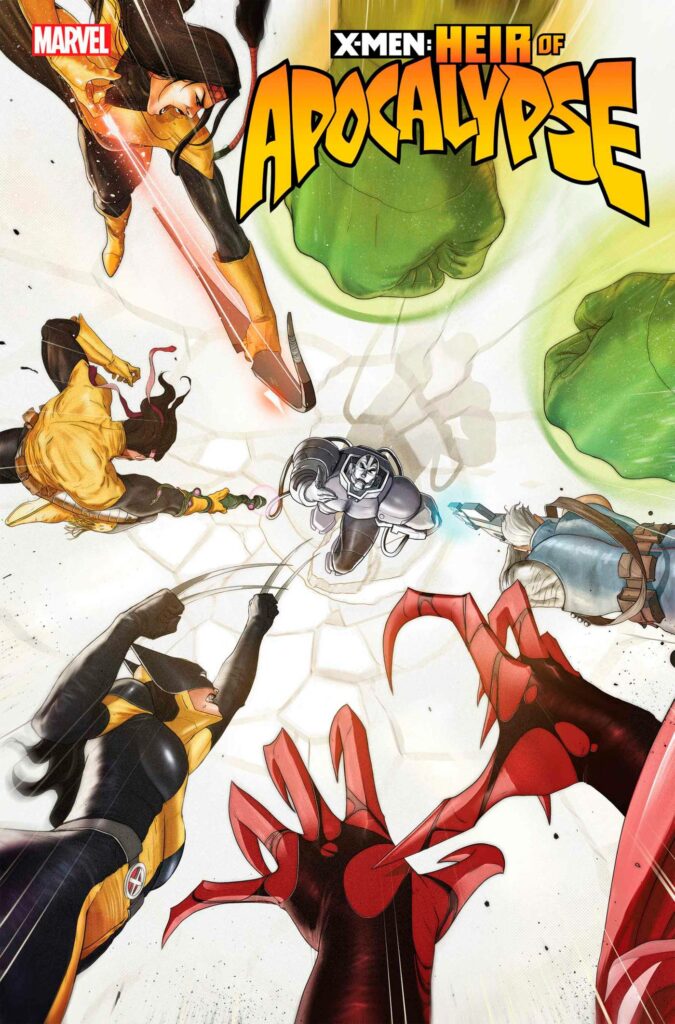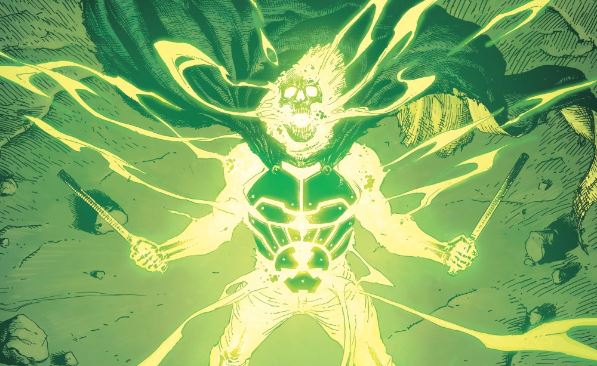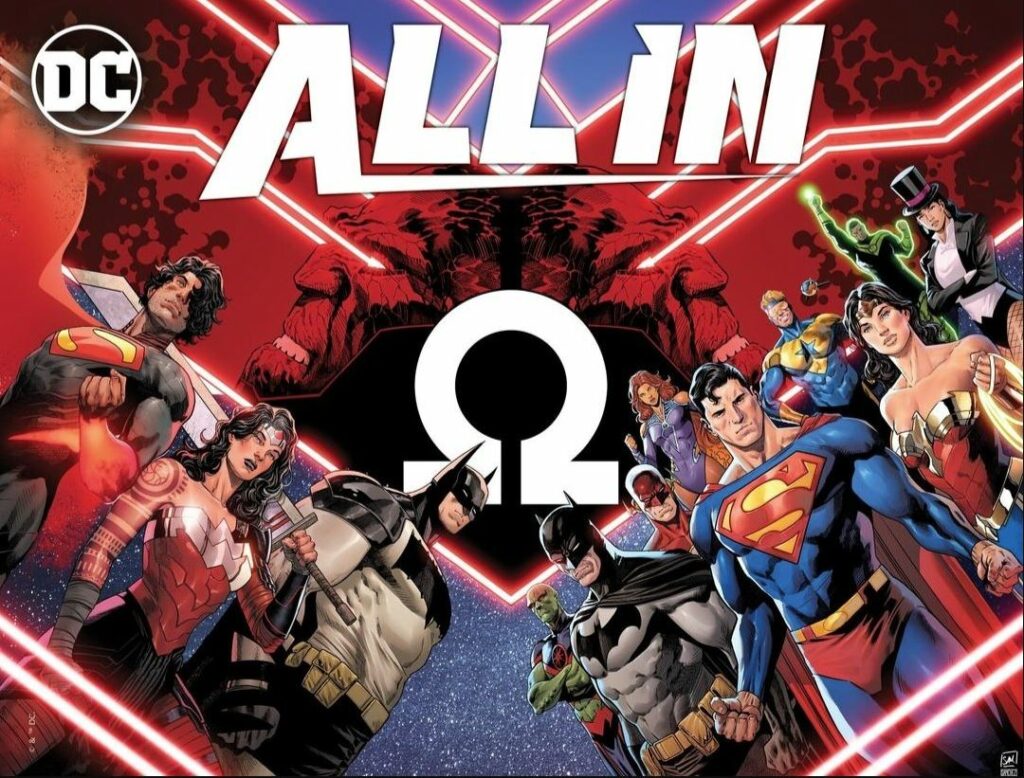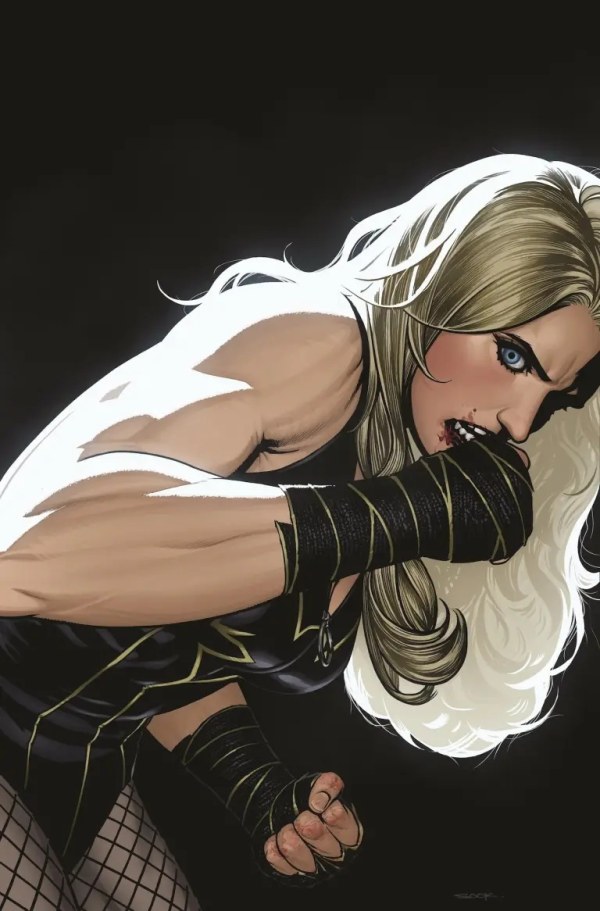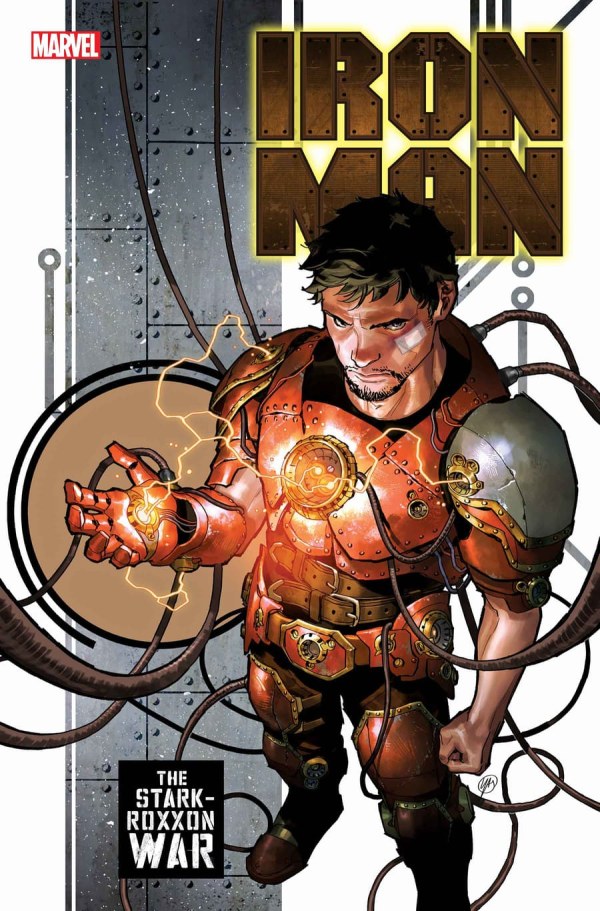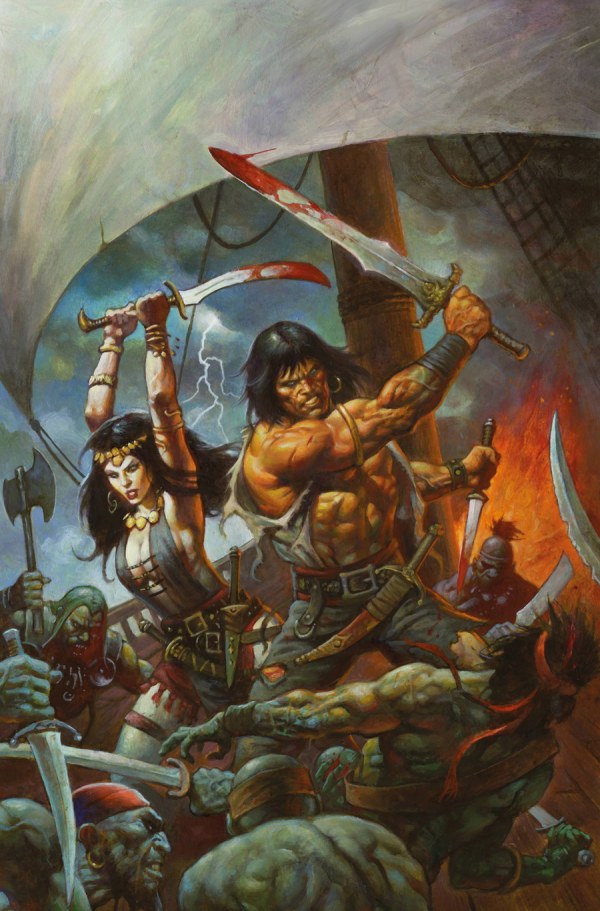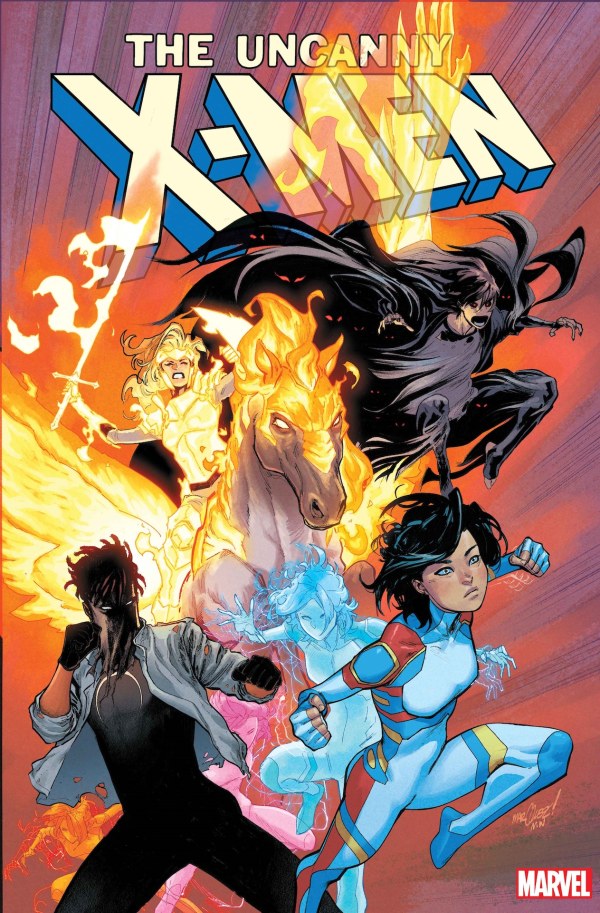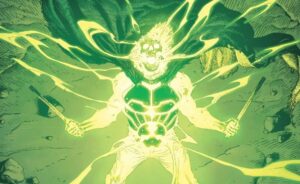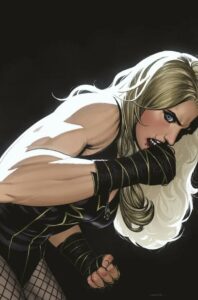The release of X-Men #35 (#600) has come and gone, and with it we say goodbye to the First Krakoan Age. We don’t, however, say goodbye to the X-Men, as the beating mutant heart of the Marvel universe isn’t going anywhere.
So, before From the Ashes – Marvel’s new X-initiative headed by editor Tom Brevoort – officially kicks off, X-Men: Heir of Apocalypse #1 launches a four-part, biweekly series that sets out to bridge the gap from one era to another.
Writer Steve Foxe (X-Men Annual, Dead X-Men) and rising star artist Netho Diaz (Daredevil: Black Armour, Legion of X) have corralled 12 of the X-Men’s most vibrant characters in a contest for the ages, pitting them against trial after trial to see who is next in line to continue Apocalypse’s grand mission. And, as far as this first issue goes, it may well shake out to be a classic X-Men adventure when all is said and done.
The Sanctity of the Contest
At its core, X-Men: Heir of Apocalypse #1 is a straightforward sales pitch. En Sabah Nur, the bluest and most Darwinian of mutants, is abdicating his throne as Earth’s most troublesome champion of evolution, and he needs someone to take his place. To do that, he’s assembled a cadre of 12 mutants to vie for the position of heir.
Some of these choices make perfect sense. Rictor spent most of the Krakoan era learning under and then becoming enamoured with Apocalypse; Armageddon Girl (Lin Li, formerly Nature Girl) has recently undergone an evolution of her own, adopting a philosophy not dissimilar from Apocalypse’s; and the recently resurrected Gorgon is both close to En Sabah Nur and also a ruthless killer who demonstrated his belief in a for-mutants world throughout X-Men (2019) and X of Swords.
Others, however, are choices that seem somewhat out of left field. Cable seems like the antithesis of a natural choice, given his extensive history with the External mutant, and it’s hard to imagine anyone that sees Emma Frost or Laura Kinney accepting this new role.
It’s to X-Men: Heir of Apocalypse #1‘s strength then that this strange confluence of mutants works as well as it does on the page. Foxe and Diaz make the most of the expanded page count to set the stage of this contest quickly, switching from one small group of characters to the next to give brief glimpses into the circumstances that have brought everyone together. Some are involved willingly, others because they have no interest in accepting the role but every intention of keeping an eye on Apocalypse’s schemes. Others still don’t know why they’re involved, or certainly claim they don’t. It’s almost reminiscent of a classic murder mystery, as this opening chapter introduces our key players, layering in clues as to who will eventually be found out as the whodunnit (or, in this case, the whowillbeit).
Time will tell if the large cast of characters will ultimately add to or detract from the core story being told, but as it stands the creative team are clearly having fun with this many mutants on hand and it carries through the page.
Credit as well must go to Foxe’s dialogue. There’s a lot of setup to be done and, for new readers, a plethora of characters to introduce. Lesser writers might buckle under the weight, but Foxe manages to infuse X-Men: Heir of Apocalypse #1 with the kind of well-considered speech that exposits clearly without feeling rote or unnatural. It also follows a golden rule of X-Men comics (and superhero comics in general), which is to establish as early as possible what everyone’s names and powers are, and then to cut straight to the heart of things.
It’s evocative of classic X-Men stories, particular those later on in Claremont’s first run on the title as the industry transitioned into the ’90s – and all the sensibilities that followed, for good and for ill.
X-Men: Heir to the ’90s
There is this vibe throughout the issue that things are both of 2024 and also of the last decade of the 20th Century – and that is not an insult.
This issue has several markings of comics from the ’90s, from the in media res opening, to the aforementioned quickness with which characters are introduced, to the penchant for constant action and bold emotions filling the pages. Diaz’s art, in particular, adds to this set of sensibilities. The X-Men are always in motion, always dynamic, whether that be in action or in expression, and he ensures that when a character is on the page, they fill it. It all leads to a bold, energetic issue that conveys to readers just why the X-Men are so beloved.
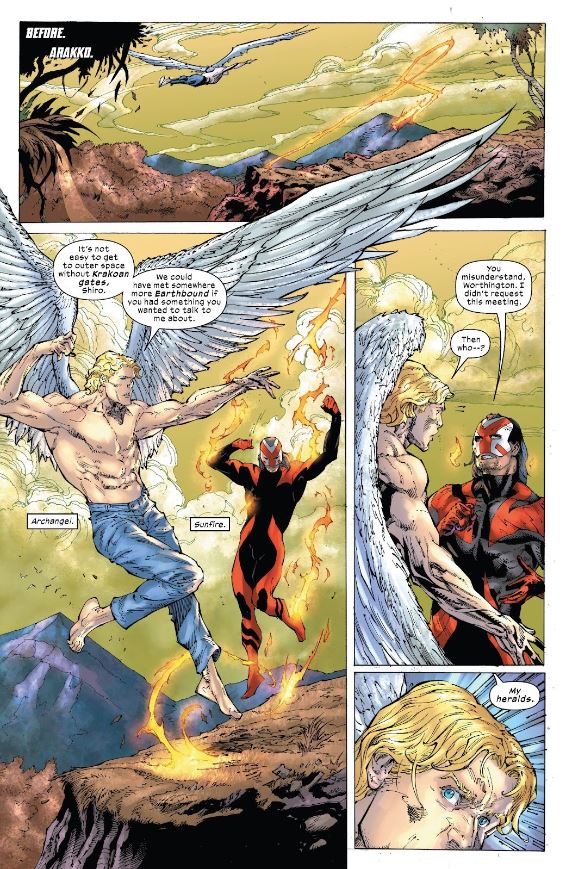
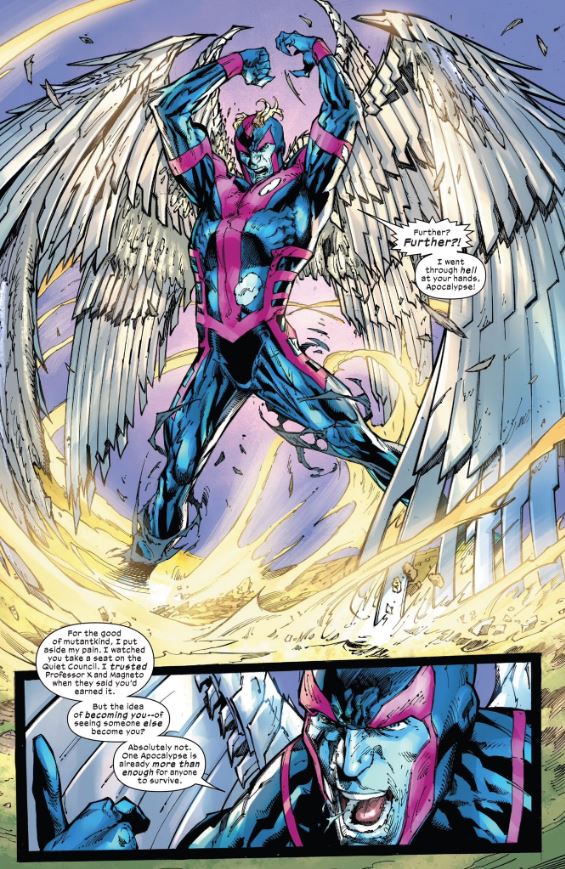
Of particular note are two scenes that contrast well and show the range with which Diaz approaches the X-Men. The first is a confrontation between Apocalypse, Angel and Sunfire. Alongside Foxe’s strong characterisation of Warren Worthington III (so strong in fact, that it successfully deepens his involvement throughout the Krakoan era by addressing some key relationships that were never touched upon), Diaz lets loose. His Archangel is dripping with raw emotion and violent potential, and the expression-work throughout the scene sells the turmoil that lies beneath Warren and Sunfire’s anger.
On the other hand, Diaz also struck me with his short flashback with Rictor. In just one page, he quietens the book without killing the pace, demonstrating the softness and conviction which drives Rictor into this contest. Alex Sinclair’s colours are key here, washing the page in otherworldly blues that help separate this moment in time and emphasise the connection Rictor has with his ex-mentor.
Despite the anxieties many fans have (myself included) that certain aspects of the From the Ashes promotional material feel regressive in tone, X-Men: Heir of Apocalypse #1 continues the work done to reassure readers that the future of the X-Men is in good hands. If Foxe and Diaz have proved anything (outside of how slippery Mr Sinister is) it’s that you can move forward into something new while retaining all the qualities that made something work decades ago.
A Taste of What’s to Come
It’s no secret that X-Men: Heir of Apocalypse #1 is the opening salvo in a story caught between eras. It’s the first book post-X-Men #35 not to wear the Tom Mueller logos and design language, signalling a clear shift in sensibilities.
It’s also a title that Marvel have been remarkably open about in regards to how this book was originally meant to be one thing, leading into what came after Krakoa under Jordan D. White’s editorial oversight, before transitioning under new editorship to be repurposed as the prelude to From the Ashes.
And yet, despite the fact that you can see the seams at times, this remains a thoroughly entertaining read that takes its awkward position and capitalises on the potential.
It’s not a perfect issue: the in media res start can leave readers slightly disoriented, as it becomes clear just how crucial it is to read X-Men #35 beforehand, and while the majority of the pages are visually stunning there is the odd pose or expression that feels as though it fell victim to the pressures of deadlines. And yet, none of that detracted from what is otherwise a brilliant blend of classic and modern X-Men sensibilities, brought together by a creative team that are both brimming with passion and armed with great technical skill.
Steve Foxe continues to prove just how adept a hand he is at this corner of the Marvel universe, and Diaz shines as a talent to watch over the next couple of years.
If this is what we can expect from the post-Krakoa X-Men, then consider me increasingly optimistic.


